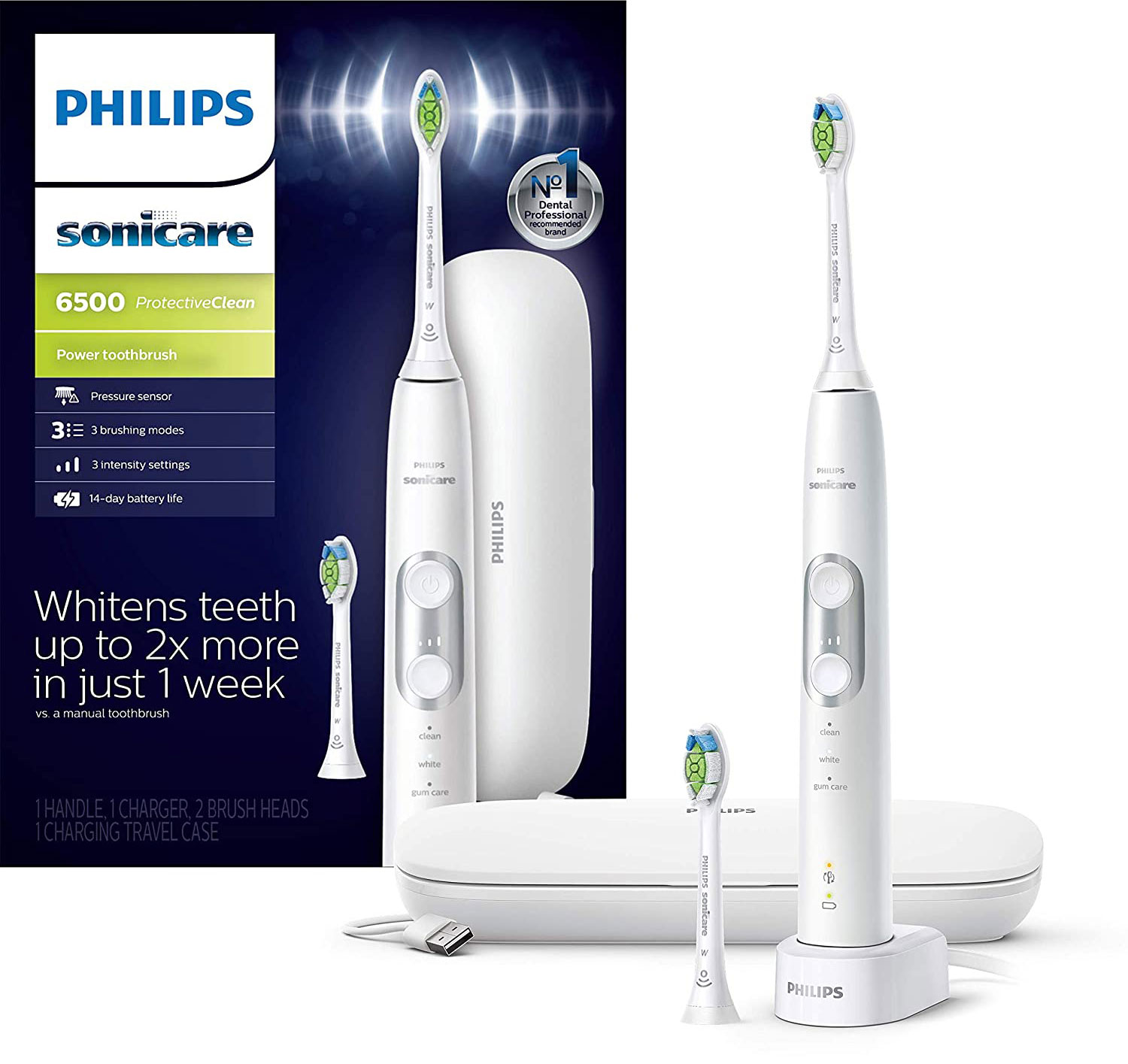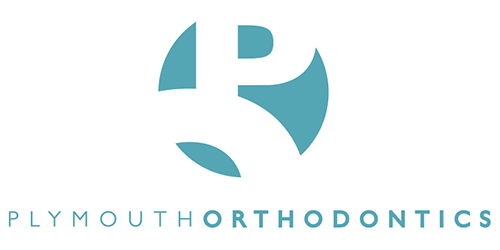Caring for Braces
Patient Education
Our goal is simple… to give a lifetime of beautiful smiles! Together we can make that happen, but first your braces will take a little extra care. Brushing will take a little longer, and your diet will need some modifying. With the extra effort you give to keep your teeth, braces and gums clean and healthy, your orthodontic treatment outcome will be the best that it can be.
Dental Hygiene During Treatment:
As you eat, your teeth, braces and appliances collect food. If food is left on teeth overnight, a thick plaque forms on the teeth and gums. Plaque causes bad breath, tooth decay and gum disease (swollen, puffy, red, overgrown, or bleeding gums). Drinks and foods containing sugar and can also damage the tooth surfaces and gum tissue. Bleeding and swollen gums are sure signs that plaque is not being properly removed. If you do not remove the plaque and your gums are swollen and inflamed, your teeth will not move as easily, you will experience more discomfort during your treatment and white spots or decay will form on the teeth under and around the braces and appliances. It is very discouraging to work hard to straighten teeth, only to finish and find decay or white spots on the teeth.
The following are essential for the proper care of your teeth and gums:

Tooth Brushing:
- Always use a soft toothbrush and toothpaste that contains fluoride.
- Place the toothbrush at a 45 degree angle so that you feel the bristles under your gum line and use small circular motions.
- Completely clean each surface of every tooth in your mouth, including the areas above, below and between the brackets on each tooth. This includes the inside (or back) of each tooth as well.
- Make sure to concentrate on brushing your gums and the gumline as well as your teeth.
- The surface of every tooth should be brushed for about 10 seconds.
- It should take at least 4-5 minutes each time you brush.
- Always brush in the morning & night. Also, try to brush after each meal or at least rinse well with water.
- Use a fluoride mouth rinse at least once per day.
We recommend that you brush at least 3 times per day: after breakfast, after lunch (or as soon as you get home), and at bedtime. Your toothbrush will wear out faster because of your appliances, so be sure to replace it whenever the bristles start to wear out.
If your gums bleed when brushing, do not avoid that area. Continue stimulating the area with the bristles. After 3-4 days of doing this, your puffy gums should shrink and stop bleeding, which is a good sign that your gums are healthy.

Proxy Toothbrush:
An interdental toothbrush (Proxabrush) is another aid you may find useful to keep your teeth, braces and gums clean and healthy. It can be used to clean under and around orthodontic wires and braces.
Use this device gently between each of the brackets so you do not damage your braces or injure your gum tissue.
Dental Flossing:
Flossing with braces is more important and more difficult than flossing without braces. The best time to floss is before bedtime after brushing to remove the plaque missed by brushing. Remember that consistent brushing and flossing will help achieve in a great orthodontic outcome!
SuperFloss by Oral B is the recommended floss for patients with braces. A piece of SuperFloss has three parts:
- a stiff, straight end
- a spongy centraI section
- a normal floss end
How do you floss with braces?
- First, pass the stiff end of the floss under the wire between two teeth or use a floss threader to get the floss under the archwire.
- Then make a "C-shape" against the brace on each side with the spongy part of the floss. This will clean the sides of the braces as well as in between, where a lot of cavities tend to occur.
- finally, sneak the normal floss end carefully through the contact between the two teeth and pass up and down in a "C-shape"
Repeat all 3 steps for every tooth in your mouth. You should FLOSS AT LEAST ONCE PER DAY and be very careful to not pull with too much force on your arch wire or brackets. Always rinse your mouth after brushing and flossing. against each tooth.

Fluoride Products:
For all our patients, we recommend the use of over-the-counter fluoride toothpaste and rinses (e.g. ACT). However; when plaque removal is consistently inadequate, we will give our patients a prescription for a toothpaste and/or rinse that contains a higher concentration of fluoride.
We recommend that you swish with fluoride rinse for at least one (I) minute at bedtime. Drinking and eating are not recommended for thirty (30) minutes after using the rinse, since doing so would dilute or rinse away the active ingredient.
Fluoride rinses are not a substitute for toothpaste. Its action is twofold: to re-mineralize tooth enamel which has been exposed to bacterial acids and to act as an antibacterial agent.

Electric Toothbrush:
For some of our patients, children and adults alike, it is difficult to adhere to the strict oral hygiene regimen that is necessary for good dental health during orthodontic treatment. Studies have shown that mechanical toothbrushes are more effective at plaque removal around orthodontic braces than manual toothbrushes. Although, a diligent "brusher' and "flosser' can achieve the same results. There are several mechanical toothbrushes on the market. We recommend Sonicare toothbrushes, which are available through our office. Please ask our staff for more information.
Waterpik:
We also recommend the use of a Waterpik to loosen food and plaque before brushing and flossing. The tip is designed with a tapered brush on the end that helps remove the plaque that sticks to the brackets and between the teeth while also flushing the bacteria and food debris from around teeth and under the gums. The Waterpik should be used on the lower water pressure settings so the gum tissue is not excessively irritated. Please remember; however; the use of a Waterpik does not take the place of good tooth brushing.
Cleaning Removable Appliances:
All orthodontic appliances tent to accumulate food particles and plaque just like teeth do. Every time you brush your teeth, brush your removable appliance. You should once a week at most (or as needed) soak your appliance in a glass of room temperature tap water with a denture-cleaning tablet such as Polident or Efferdent. This will help prevent plaque buildup and oral infections while keeping your appliance from developing a foul taste or odor.
Regular Dental Checkups:
Altough you are having your braces checked regularly, it is very important to continue to see your family dentist at least every six months for a thorough examination and cleaning of your teeth. If you experience difficulty with good oral hygiene you may need to see your dentist more frequently.
A Few Helpful Tricks:
- A travel brush carried in a purse or placed in a locker is great for brushing after lunch.
- Since most patients watch some TV, we have found it to be effective to sit down in front of the TV daily with a toothbrush without toothpaste, and massage the teeth and gums with the toothbrush bristles for about 30 minutes. Thirty minutes gives you plenty of time to do a good job, and makes TV time more productive. You may want to use toothpaste to freshen your breath, but don't use toothpaste during this 30 minutes.
- Brushing while listening to music or studying is another good idea.
- To concentrate better, you may use your left hand if you are right handed, and vice versa.
- Remember, the most important time to brush is just before going to bed. Take your time, and do it right.
